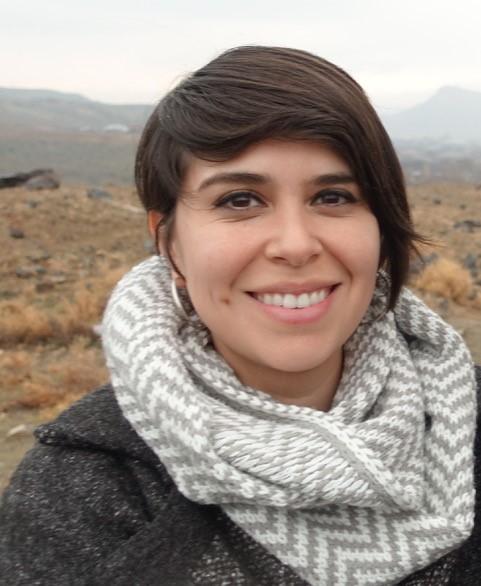Affiliation: Florida State University

Leticia R. Rodriguez is a Post-Doctoral Scholar in Greek Archaeology in the Classics Department at Florida State University. She received her Ph.D. and M.A. from the University of Texas at Austin and her B.A. from Trinity University. She specializes in the art, archaeology, and material culture of the ancient Greek world, particularly the eastern Mediterranean and its relationship with the non-Greek cultures of Anatolia and western Asia. Her publications include “Altarnative: A Borderland Approach to Archaic East Greek Art” (in Bordered Places | Bounded Times: Cross-Disciplinary Perspectives on Turkey (ed. E.L. Baysal and L. Karakatisanis, 2017), and articles in progress are “Replica Politics: Reproducing and ‘Repatriating’ Heritage in Cyprus” (in New Approaches Towards Recording, Preserving and Studying Cultural Heritage in Divided Cyprus: Problems and Opportunities, ed. L. Summerer), “Terra Cotta, Terra Incognita: Mapping Borderland Interaction in Clazomenian Sarcophagi”, and “Making Cyrus the Great Again: Achaemenid Currency in a Trumpian Age”. Dr. Rodriguez is an AIA Kershaw Lecturer for 2021/2022.
In this talk I examine terracotta reproductions of ancient sculptures from the sanctuary site of Agia Eirini (dated ca. 800-475 BCE) in Cyprus, on display at an open-air museum in the northern Cypriot village of Akdeniz. I situate these ‘replicas’ within the context of a series of ambitious new heritage initiatives on the island—particularly on the northern side—and consider how the production of such replicas functions as a possible solution to the ‘estrangement’ of material heritage. From another perspective, I explore how such processes of reproduction might also serve the mission of historical revivalism, and contribute to alternative notions of territorial identity: whether by participating in Ottomanist museological discourses dating to the nineteenth-century foundations of the Imperial Museum in Istanbul, or through processes of spatial and cultural reframing that draw upon specific notions of ancient Alashiya.
Important note: While this talk is focused on the north and does acknowledge the present fact of Turkish occupation in Cyprus, it does not intend to promote official recognition of the TRNC, nor does it propose any return of artifacts to the northern side of the island.
The Phrygian cult of the Mother Goddess in Anatolia is well-known, with early, extensive interaction and exchange between Phrygians and Greek populations likely occurring in the Sea of Marmara region and along the western Black Sea coast. Subsequent adoption and adaptation of the cult occurred throughout the northwestern and western coasts, processes and practices which ultimately spread to the nearby Aegean islands of Lesbos, Samos and Chios. In this talk I examine the preliminary findings from the most recent excavations at the ancient city of Assos, and work to understand the evidence both within its local Aeolian context and a larger western Anatolian framework. In investigating the nature of the cult at Assos, as well as its position within the network of Kybele cult sites in the region, I consider how the purposes and meanings of the Mother Goddess may have differed between the northwest and Ionia, in addition to looking at areas of possible syncretism, such as the Sanctuary of Aphrodite at Zeytintepe, Miletos.